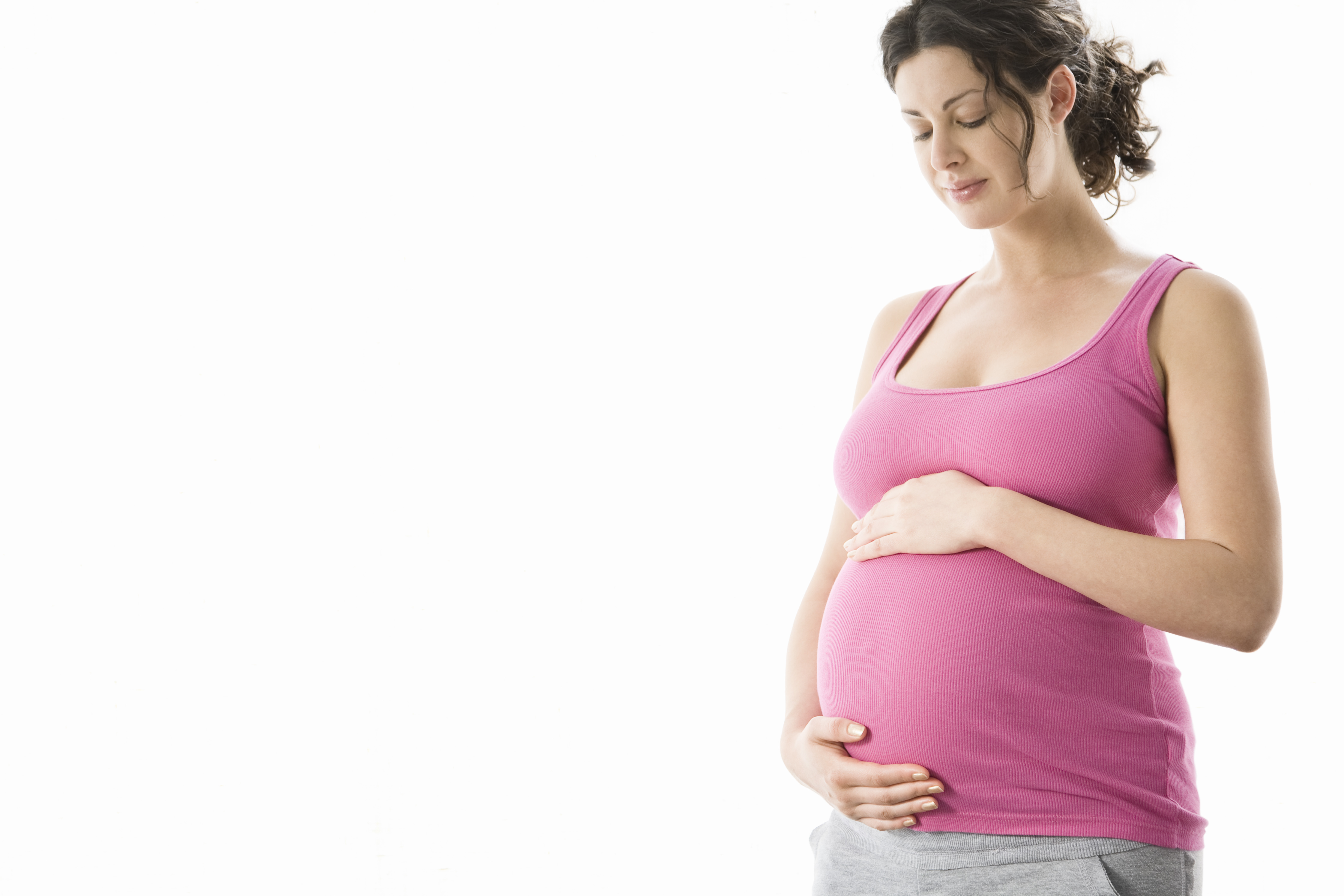Data regarding the reproductive safety of benzodiazepines has always been somewhat difficult to understand. While earlier studies suggested an association between prenatal exposure to benzodiazepines and increased risk of cleft lip and palate, more recent studies have not demonstrated any increase in risk of congenital malformations. Recently there have been a series of new articles on the reproductive safety of benzodiazepines.
Benzodiazepines and Risk of Miscarriage
In June, we reported on a study evaluating the risk of miscarrriage in women taking benzodiazepines. While this study documented an increased risk of spontaneous abortion in women using benzodiazepines during pregnancy, the study was not able to take into consideration important confounding factors, including severity of illness in the mother. In a recent commentary, Dr. Chittaranjan Andrade discusses the many limitations of these case-control studies.
These findings are not evidence for a cause-effect relationship because analyses in studies such as this can adjust for only measured confounds; therefore, unmeasured, inadequately measured, and unknown confounds will continue to contaminate the interpretation of findings.
So, innovative research designs should be considered, such as the examination of risk associated with benzodiazepine exposure in the year before pregnancy, examination of risk in previously unexposed pregnancies, examination of risk in discordant sibling pairs, and examination of risk associated with paternal exposure. Such research designs have the potential to indirectly partially address unmeasured and unknown confounds, including those related to genetics and the family environment.
For those of you who would like to read the entire article from Dr. Andrade, the full (and free) text can be found HERE.
Benzodiazepines and Risk of Malformations
In a recent meta-analysis, researchers examined risk for major malformations in children with prenatal exposure to benzodiazepines. They identified eight prospective cohort studies, including a total of 5,195 exposed and 2,082,467 unexposed children.
Benzodiazepine exposure was not associated with a statistically significant increase in the overall risk of major malformations (8 studies) or cardiac malformations (4 studies). However, this meta-analysis observed an increase in risk when benzodiazepines were used in combination with antidepressants (OR = 1.40; 95% CI, 1.09 to 1.80, P = .008; 3 studies).
While this finding is statistically significant, this finding suggests a small increase in absolute risk. As is the case with all observational studies, the associations identified in this meta-analyses of cohort studies do not necessarily indicate a causal relationship because confounding by indication cannot be ruled out. One could easily imagine that women who are taking antidepressants and benzodiazepines differ in important ways from women who are taking benzodiazepines alone.
The Bottom Line
Although these studies may raise concerns, there is little evidence here that would change what we would recommend for women who are taking benzodiazepines. Like many of the studies we use to understand reproductive safety, these studies were not able to take into consideration important confounding factors, including severity of illness in the mother. The absolute risk remains small.
Ruta Nonacs, MD PhD
Andrade C. Gestational Exposure to Benzodiazepines, 2: The Risk of Congenital Malformations Examined Through the Prism of Compatibility Intervals. J Clin Psychiatry. 2019 Oct 1;80(5). Free Article
Andrade C. Gestational Exposure to Benzodiazepines, 1: The Risk of Spontaneous Abortion Examined Through the Prism of Research Design. J Clin Psychiatry. 2019 Sep 24;80(5). Free Article
Grigoriadis S, Graves L, Peer M, Mamisashvili L, Dennis CL, Vigod SN, Steiner M, Brown C, Cheung A, Dawson H, Rector N, Guenette M, Richter M. Benzodiazepine Use During Pregnancy Alone or in Combination With an Antidepressant and Congenital Malformations: Systematic Review and Meta-Analysis. J Clin Psychiatry. 2019 Jul 9;80(4). Free Article







Leave A Comment